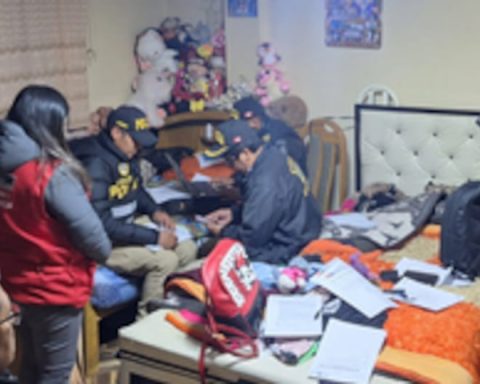More than 4,581 residents of the nine most vulnerable corregimientos in the province of Los Santos will benefit from the hive plan that will be developed in this province.
According to the Minister of Social Development María Inés Castillo, the most vulnerable villages in this province are El Espino Amarillo, Mogollón, Bahía Honda, Bajo de Güera, Altos de Güera, La Tronosa, El Cortejo, Isla Cañas and Bayano.
Castillo highlighted that there are 320 actions in the province of Los Santos that will be developed through the hive plan related to the twelve axes that make up the hive clock, such as early childhood, nutrition, clean water, education, housing, health, entrepreneurship, safety, sport and culture, as well as environmental conservation. rural electrification and road infrastructure.
In addition to identifying income-generating activities that will improve the quality of life of Panamanians and Panamanians; improve the services that the State offers and identify income-generating activities that will improve the quality of life of citizens and involve all public sector entities, communities, the private sector, academia, non-governmental organizations and the population.
The “Hive Plan” strategy is intervention at the national level, which seeks to promote new models of local sustainable development based on a harmonious and horizontal relationship between the economic, social and environmental aspects. It is a multisectoral, decentralized, participatory and sustainable strategy that seeks social inclusion through alliances between public institutions, civil society, private companies, academia and the community.
 Sending Data…
Sending Data… 








